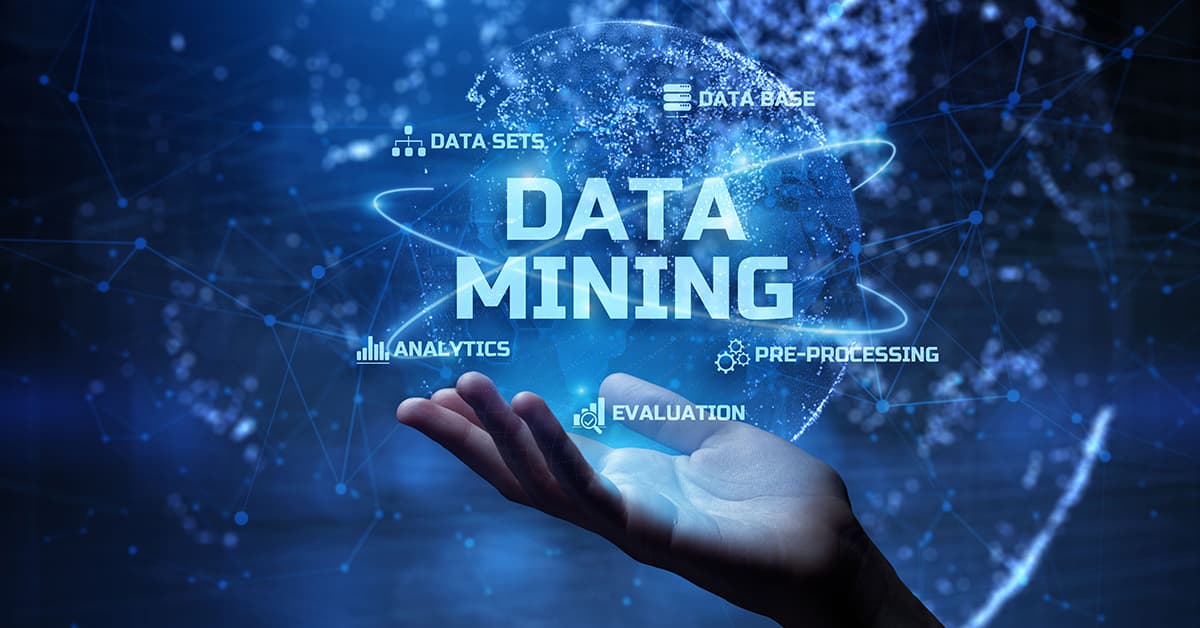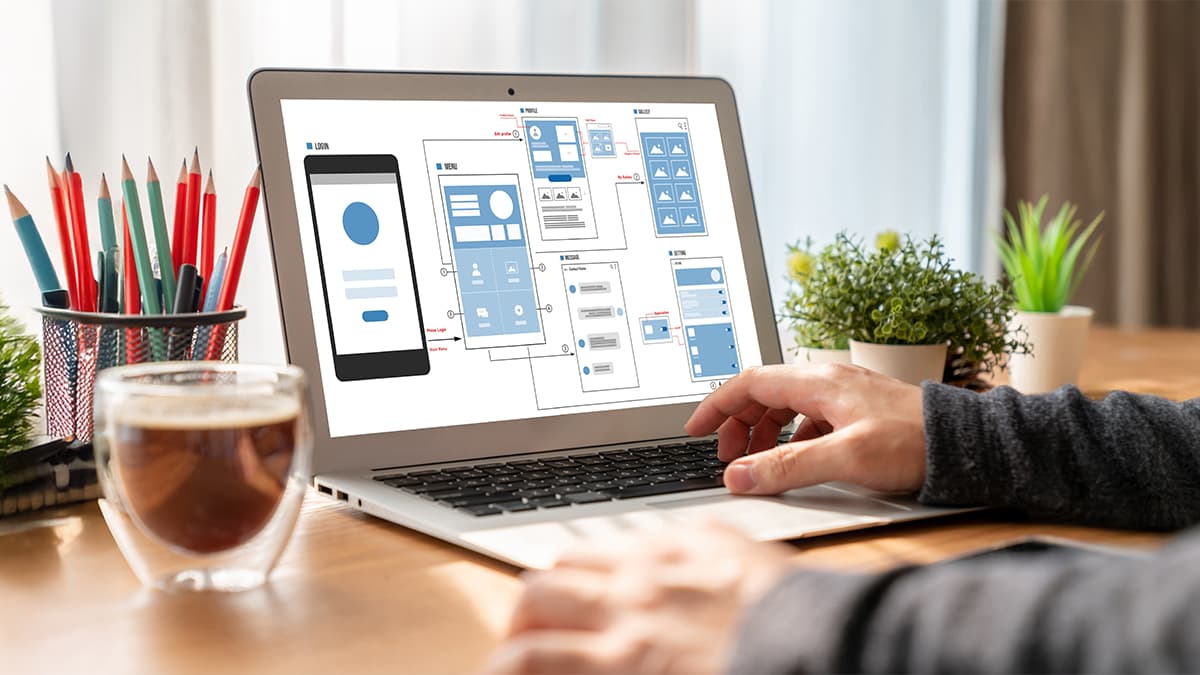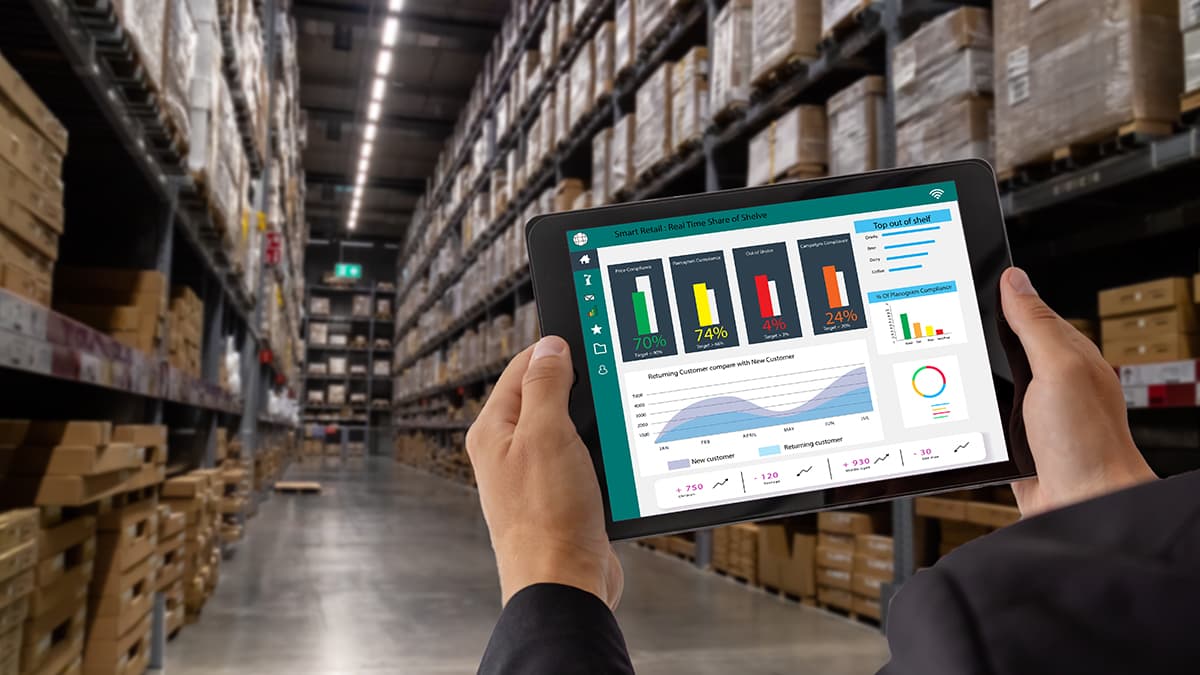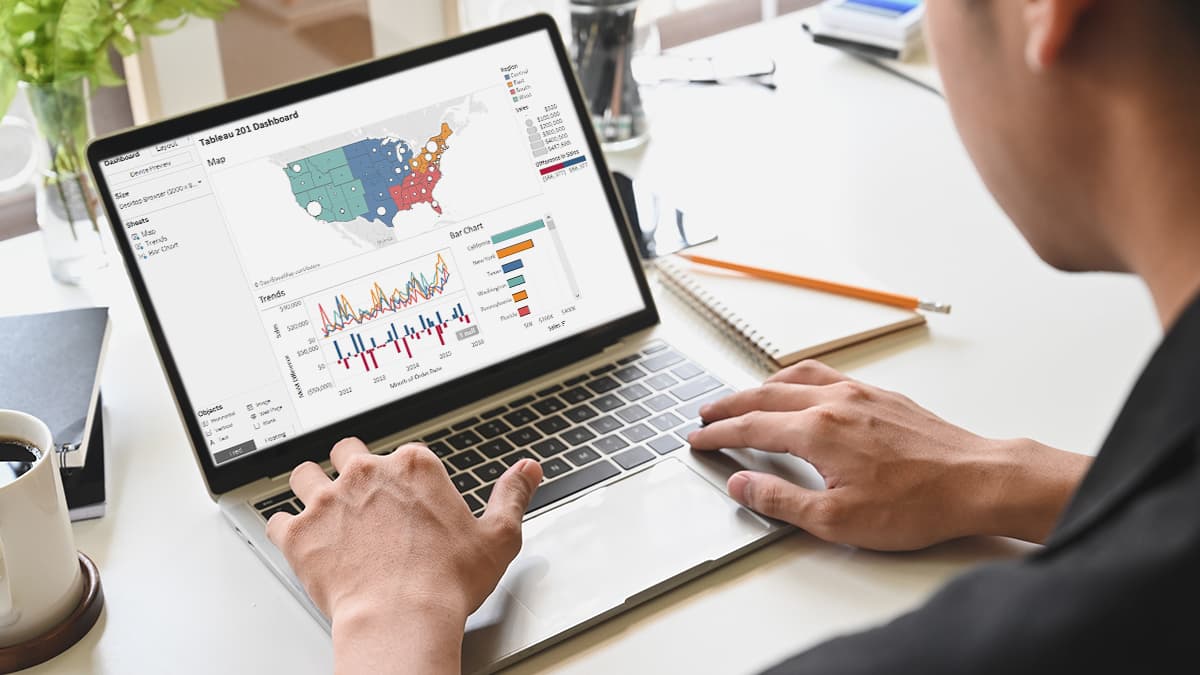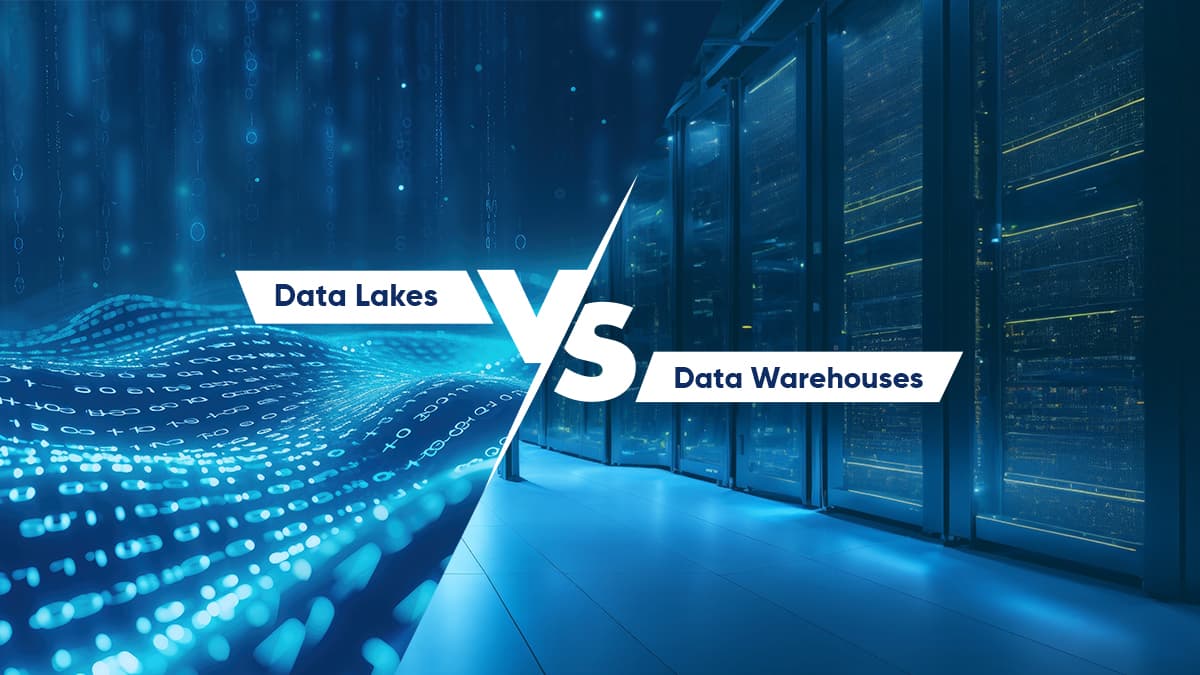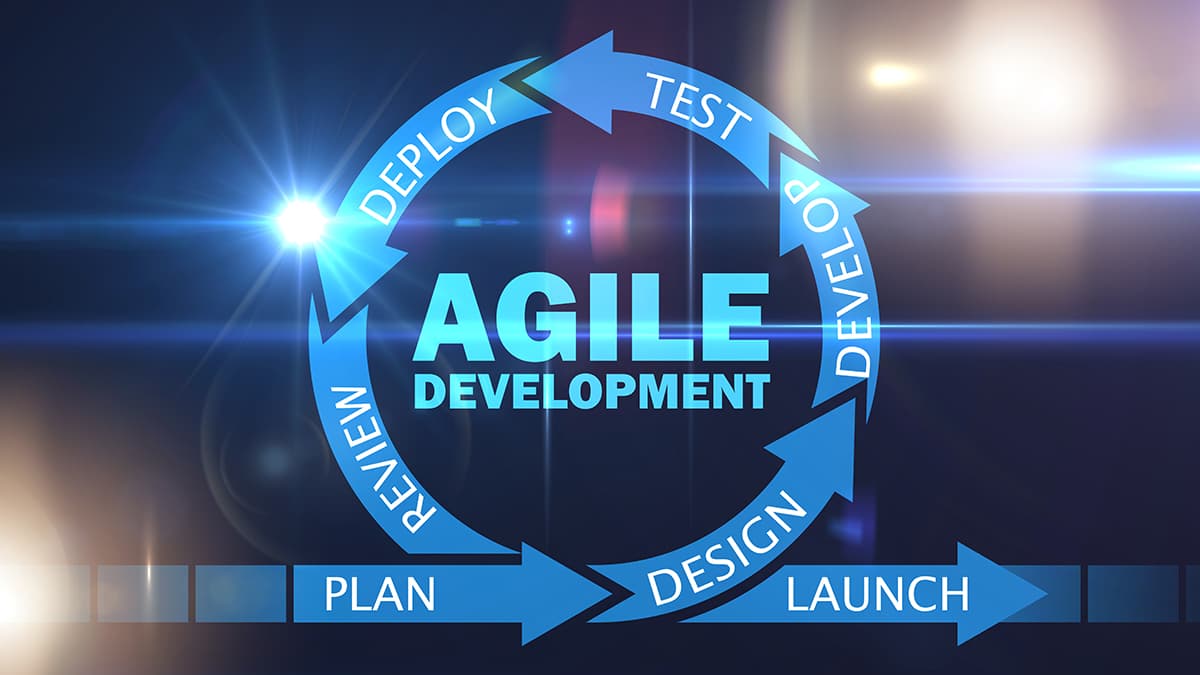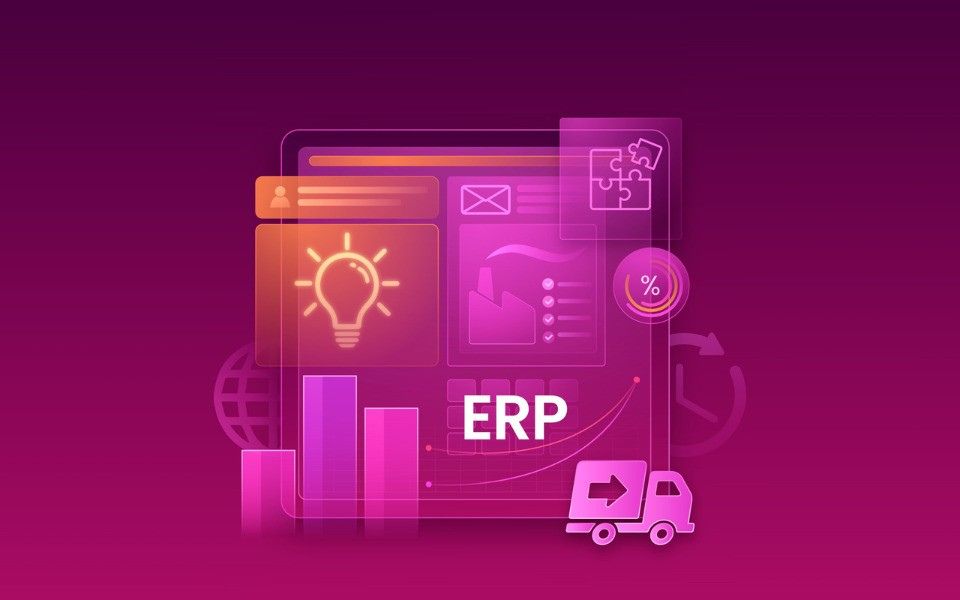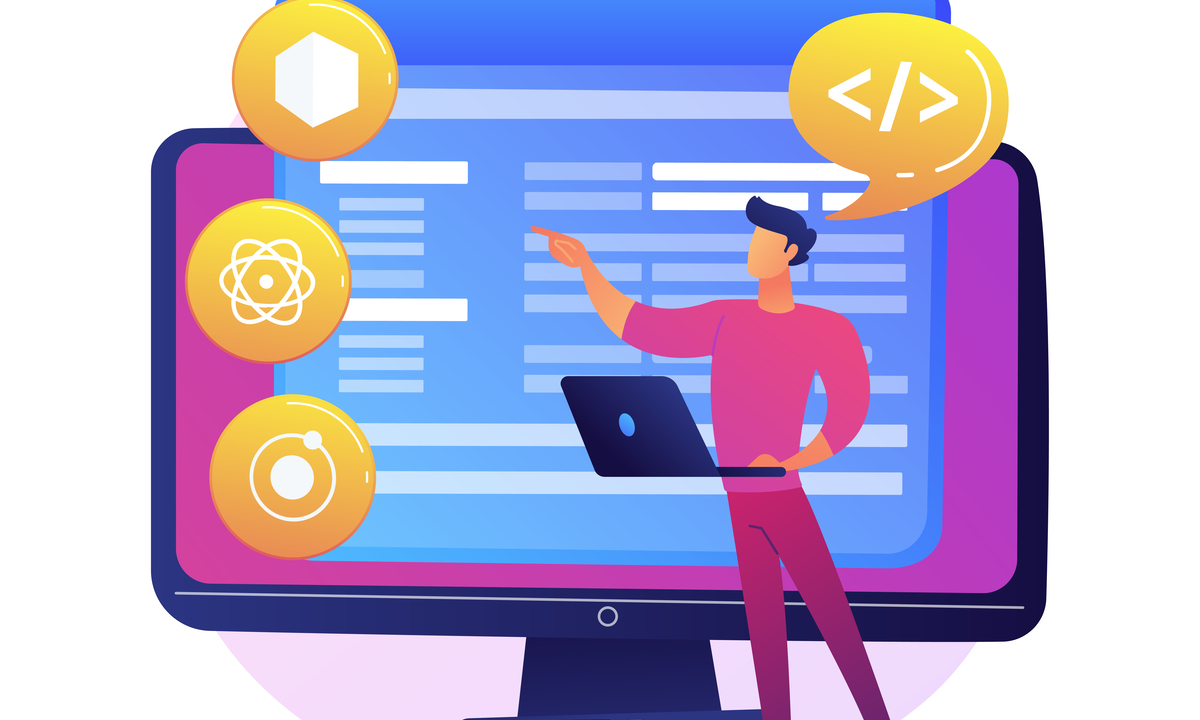
In today's data-saturated business environment, the ability to distil meaningful insights from vast information streams has become a critical competitive advantage. Yet many organizations struggle to translate their data wealth into actionable intelligence. Enter data visualization: a powerful approach that's revolutionizing how businesses understand and leverage their information assets.
The Cognitive Edge of Visual Data
_1723638245.jpeg)
Research in cognitive psychology has long established that humans process visual information far more efficiently than text or numbers. A study by MIT neuroscientists found that the brain can identify images seen for as little as 13 milliseconds. This innate visual processing capability makes data visualization an invaluable tool for decision-makers.
Consider the experience of Global Retail Corp, a multinational retailer. When analysing their quarterly sales data, executives were drowning in spreadsheets and struggling to identify key trends. By implementing a dashboard that visually represented sales across regions, product categories, and time periods, they were able to spot a surprising uptick in eco-friendly product sales in urban markets—a insight that led to a successful new marketing campaign.
From Information to Insight: The Visualization Journey
Effective data visualization is more than creating aesthetically pleasing charts. It's a strategic process that involves:
1. Identifying the core question: What problem are you trying to solve?
2. Curating relevant data: Not all data is equally valuable.
3. Choosing the right visual format: Different types of data call for different visualization techniques.
4. Designing for clarity: Minimize clutter and emphasize key points.
5. Iterating based on feedback: Refine visualizations based on user input.
The Democratization of Data
Modern visualization tools like Tableau and Power BI are making sophisticated data analysis accessible to non-technical users. This democratization of data is fostering a culture of data-driven decision-making across organizations.
At tech giant Google, for instance, all employees have access to a suite of data visualization tools. This approach has led to innovations emerging from unexpected quarters. A customer service representative, analysing call data visually, identified a pattern of complaints that led to a critical product improvement.
The Future: From Static to Interactive
The next frontier in data visualization is interactivity. Static charts are giving way to dynamic, exploratory interfaces that allow users to dive deep into the data, testing hypotheses and uncovering hidden patterns in real-time.
Artificial Intelligence is also playing an increasing role. AI-powered systems can now generate insightful visualizations automatically, freeing up human analysts to focus on interpretation and strategy.
The Strategic Imperative
In an era where data is often hailed as the new oil, visualization is the refinery that transforms raw information into strategic fuel. Organizations that master the art and science of data visualization will be better positioned to navigate the complexities of the modern business landscape, making faster, more informed decisions that drive growth and innovation.
In the realm of data, visualization is often what allows us to "hear" the crucial insights hidden in the numbers.
Overcoming Implementation Challenges
_1723638276.jpeg)
While the benefits of data visualization are clear, many organizations face hurdles in implementation. Common challenges include:
1. Data Quality Issues: Inconsistent or inaccurate data can lead to misleading visualizations. Implementing robust data governance practices is crucial.
2. Skill Gap: There's often a shortage of employees who can effectively create and interpret data visualizations. Investing in training programs can bridge this gap.
3. Tool Selection: With numerous visualization tools available, choosing the right one for your organization's needs can be overwhelming. Consider factors like ease of use, scalability, and integration capabilities.
4. Cultural Resistance: Some employees may resist adopting new data-driven approaches. Change management strategies are essential for successful implementation.
Measuring the Impact of Visualization
To justify investment in data visualization, it's important to measure its impact. Key performance indicators might include:
• Time saved in decision-making processes
• Increase in data-driven decisions across the organization
• Improvements in key business metrics attributed to visualization-driven insights
• User adoption rates of visualization tools
By tracking these metrics, organizations can quantify the return on their visualization investments and continuously refine their approach.
Ethical Considerations in Data Visualization
_1723638301.jpeg)
As data visualization becomes more prevalent, ethical considerations come to the forefront. It's crucial to present data honestly and avoid manipulating visualizations to support predetermined narratives. Transparency about data sources, collection methods, and any limitations is essential to maintain trust and integrity in data-driven decision-making.
Moreover, as visualizations often make data more accessible, organizations must be mindful of data privacy and security. Striking the right balance between data sharing and protection is a key challenge that data-driven organizations must navigate.
At CSM tech, we work on world’s leading data visualization technologies like Salesforce’s Tableau, Microsoft’s PowerBI and SAS Viya. Our Tableau implementation services are backed by a dedicated team of Tableau experts and an extensive portfolio of both public and private sector customers.
Book a consultation with us today: www.csm.tech/americas/contact-us
Want to start a project?
Get your Free ConsultationOur Recent Blog Posts

© 2025 CSM Tech Americas All Rights Reserved





